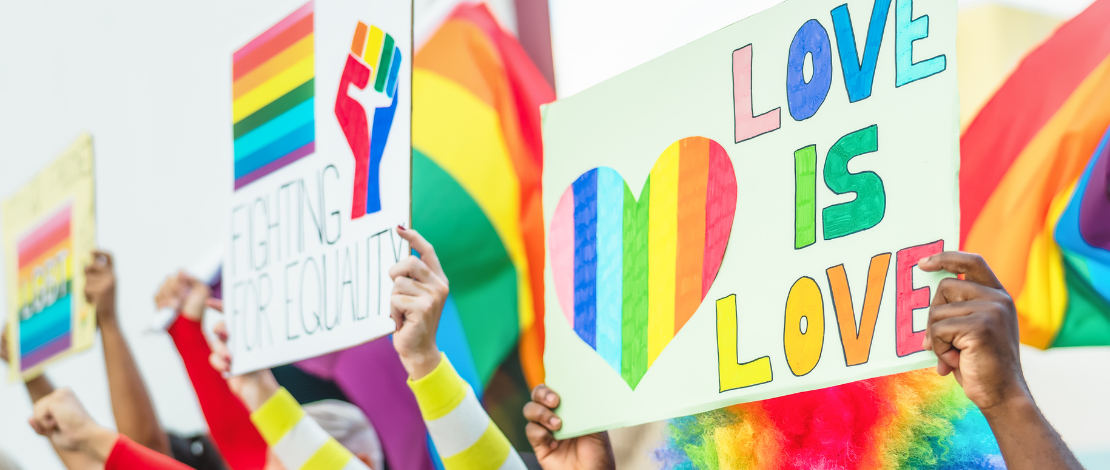June is Pride Month—a time to honor the resilience, contributions, and ongoing struggles of the LGBTQIA+ community. It’s also a moment to reflect on what inclusion really means in our workplaces. More than just flags or hashtags, creating a truly inclusive environment means cultivating a sense of belonging.
What Is Belonging?
Belonging is more than inclusion. It’s the feeling of being seen, safe, valued, and accepted. It means you can be yourself at work—without having to hide who you are. Employees who feel they belong are more engaged, motivated, and committed.
And belonging isn’t just a nice-to-have—it’s a fundamental human need. This is something we all share and connects us all.
Why Pride Month Matters at Work
Pride is a time to celebrate progress, but also to acknowledge ongoing challenges. Consider these stats from Health Action Alliance:
- 47% of LGBTQ+ employees have faced discrimination or harassment at work.
- 63% of transgender employees have chosen jobs to avoid potential discrimination.
- 36% of LGBTQ+ workers are considering leaving their jobs in 2025, up from 21% in 2024.
But here’s the good news:
- 97% of LGBTQ+ employees with positive inclusion experiences plan to stay at their job another year.
- Inclusive workplaces can save Fortune 500 companies up to $4.2 million annually through reduced turnover.
- 72% of allies say they’re more likely to join businesses that support LGBTQ+ staff.
How to Bring Pride into the Workplace Year-Round
Workplace Culture
- Create Visible Symbols of Support: Display Pride flags, ally stickers, or inclusive signage.
- Celebrate Pride Collaboratively: Plan events with LGBTQ+ employees, not just for them. Offer panel discussions, film screenings, storytelling.
- Normalize Pronoun Sharing: Encourage pronouns in email signatures and Zoom names.
Policies & Benefits
- Review Dress Code Policies: Ensure freedom of expression in line with gender identity.
- Audit Job Descriptions: Use inclusive language and allow for nonbinary identification.
- Cover HIV Prevention and Gender-Affirming Care: Include PrEP, PEP, testing, and gender-affirming treatment in your health plans.
Free Tool: National HIV Testing Day Employer Toolkit
Mental & Emotional Support
- Prioritize LGBTQ+ Mental Health: Partner with culturally competent therapists. Normalize check-ins, especially during social unrest.
- Offer Inclusion Training: Provide workshops on LGBTQ+ terminology, allyship, and unconscious bias.
- Clarify Reporting Processes: Make sure employees know how to report bias or harassment.
Community & Belonging
- Support ERGs: Empower LGBTQ+ employee resource groups with funding and visibility.
- Partner with LGBTQ+ Organizations: Sponsor local Pride events or nonprofits.
A Final Word on Allyship
As author and advocate Rhodes Perry says: “Embodied allyship means showing up authentically and integrating values into action. When we do that, we foster trust and psychological safety—essential ingredients for true belonging.”
Explore more from Rhodes: Imagine Belonging on Substack
Let’s Get Beyond the Rainbow
Belonging isn’t performative. It’s personal. As employers, HR leaders, and colleagues, we all have the power to create workplaces where everyone—everyone—feels seen, safe, and celebrated.








